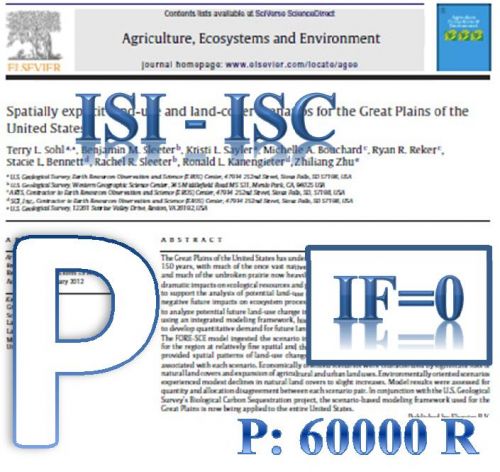The copper-silica (Cu/SiO2) nanosized catalysts were synthesized using various precursors by impregnation (IM) of amorphous silica, or sol–gel (SG) and co-precipitation (PRE) methods using sodium silicate or tetraethyl orthosilicate. The structures of catalysts were characterized by N2 adsorption-desorption, XRD, XRF, TPR, N2O-titration, FT-IR, FE-SEM and HR-TEM techniques. The catalytic performances of these samples were evaluated in vapor-phase dehydrogenation of 2-butanol (secondary butanol or SBA) to methyl ethyl ketone (MEK) in a fixed-bed reactor at a temperature of 260 ◦C under atmospheric pressure and LHSV of 4 mL/(hgcat). The TPR analyses indicated that the copper oxide over the PRE catalyst was reduced at a lower temperature with the highest percentage. The PRE sample also exhibited the highest dispersion and activity for the dehydrogenation of 2-butanol to MEK, thus the PRE sample was selected as the best suitable catalyst. The central composite experimental design method was applied to investigate the effects of three critical preparation factors including precipitation temperature TPre, Cu percent and pH of precipitation stage, pHPre, on MEK selectivity as the response variables over the selected PRE catalyst. The results showed that temperature of precipitation is the most effective factor on the response and the optimum conditions for preparation of PRE catalyst with maximum MEK selectivity were predicted as TPre = 49.05 ◦C, pHPre = 5.8 and Cu percent = 37.57%. Moreover, it was found that the activity of the prepared catalyst at the optimum conditions is close to that of the commercially available catalyst
کلید واژگان :Keywords: 2-Butanol dehydrogenation Methyl ethyl ketone (MEK) Copper-silica nanosized catalyst Synthesis Response surface method
ارزش ریالی : 600000 ریال
با پرداخت الکترونیک
